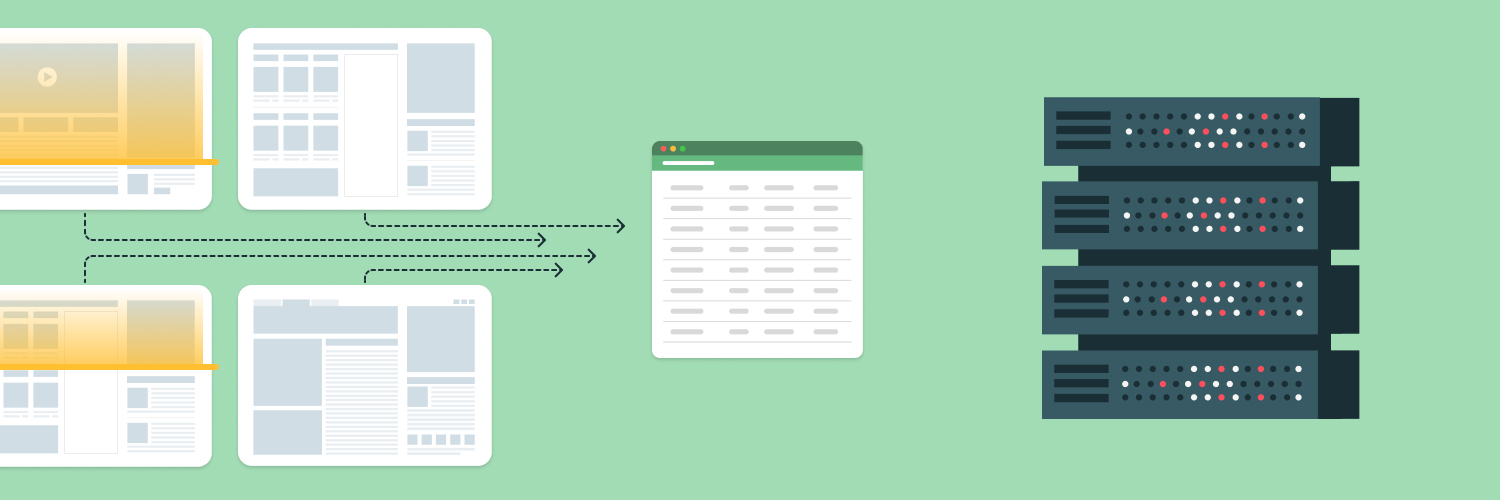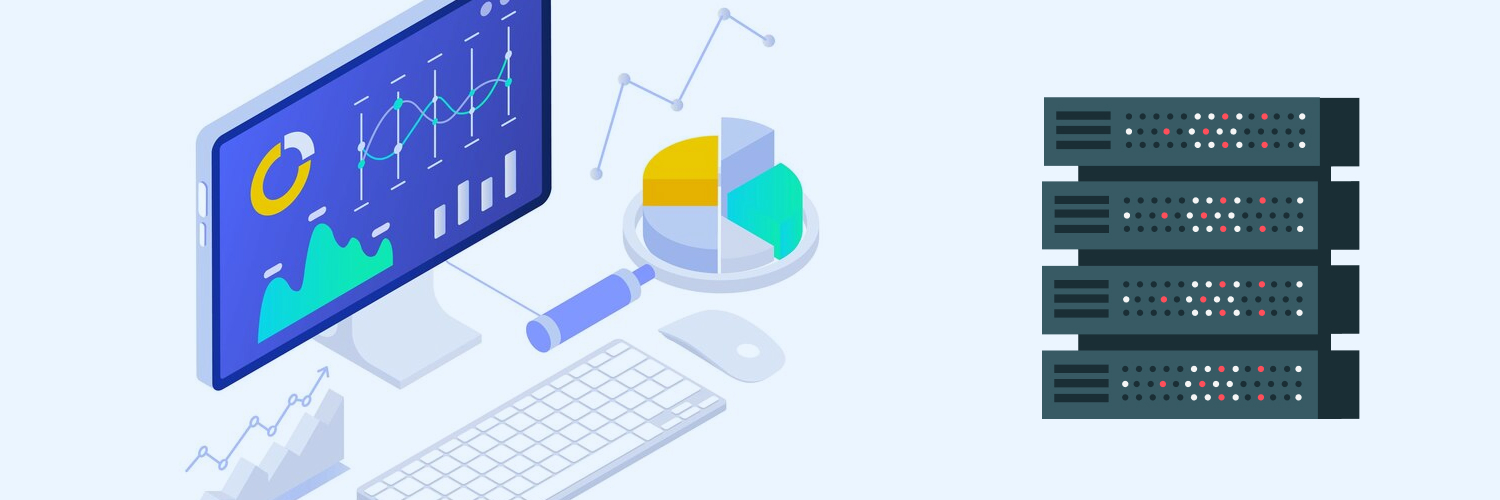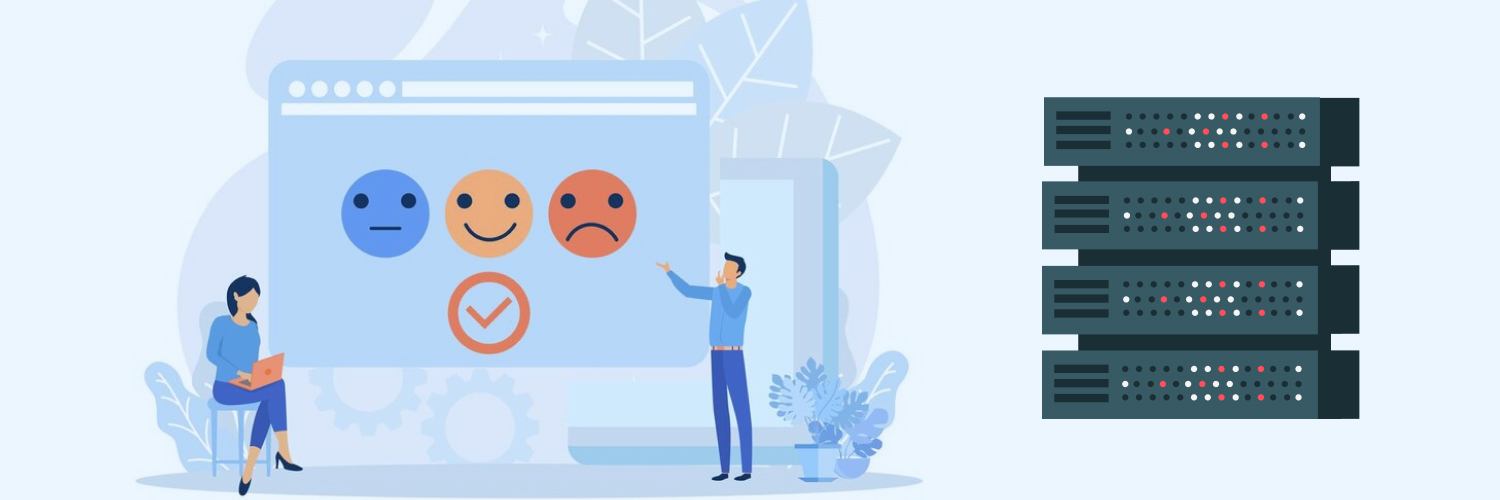How to Monitor Competitor Prices Ahead of Black Friday: A Smart Guide
When it comes to Black Friday, pricing can make or break your performance.
Shoppers are more strategic than ever, checking multiple sites before buying, and retailers are under pressure to offer standout deals without cutting too deep into margins.
That’s where competitor price monitoring comes in. By tracking what others are charging in real time, you can make smarter pricing decisions, spot opportunities faster, and react before your competitors do.
In this guide, we’ll break down how to monitor competitor prices effectively ahead of Black Friday, why automation matters, and how web scraping helps you collect accurate, scalable data at speed.
Stay Ahead This Black Friday
Build Your Data Pipeline. Make Smarter, Faster Pricing Decisions.

Introduction to Competitor Price Monitoring
Competitor price monitoring is the backbone of any successful pricing strategy. It’s how leading retailers stay one step ahead, keeping a constant pulse on market prices, trends, and consumer behavior.
Doing it manually? Not a chance. Checking competitors’ sites one by one might work for five products, but not five thousand. That’s why smart teams rely on automated price monitoring tools to deliver accurate, real-time data across marketplaces.
With automation in place, you can react instantly to price changes, protect your margins, and make sure your promotions actually stay competitive, even during the most fast-moving sales events of the year.
It’s not just about pricing, either. Company-wide adoption of price monitoring also supports broader market research, from spotting emerging consumer trends to identifying product gaps and seasonal shifts before they peak.
Understanding competitor prices
Competitor pricing isn’t just a number. It’s a signal.
It tells you where the market is heading, how aggressive your rivals are being, and where your own pricing sits in the bigger picture.
If you see competitors dropping prices early, it could indicate slower demand or a race to clear stock. Spotting those shifts early means you can adjust before it impacts your margins.
Modern price monitoring software can segment and analyze prices across brands or categories, so you can tailor your approach based on product value, positioning, and brand strength.
Today, the best e-commerce companies use this data not only to boost sales but to anticipate what comes next, turning insight into a competitive advantage.
The Importance of Competitive Pricing
In e-commerce, prices can change hundreds of times a day. Market algorithms continuously react to supply, demand, and competitor movements, so staying competitive requires constant visibility.
Competitive pricing isn’t about racing to the bottom. It’s about finding that sweet spot between attractiveness and profitability.
By using competitor data to guide your pricing rules and algorithms, you can automatically adjust prices within safe limits; staying sharp without slicing too deep into profit.
That balance is everything, especially during high-traffic events like Black Friday when speed, timing, and data quality separate winners from everyone else.
Web Scraping for Competitor Price Tracking
Monitoring prices manually doesn’t scale, and that’s where web scraping becomes essential.
Web scraping automates the process of collecting publicly available pricing data from competitor sites, helping you track millions of data points quickly and accurately.
A well-built scraper can handle dynamic, JavaScript-heavy pages and extract structured data (like price, stock level, or discount percentage) into usable formats for analysis.
When used responsibly — focusing on publicly available information and respecting website terms — scraping provides the foundation for accurate, ethical price intelligence.
With web scraping, you can:
- Track price changes across marketplaces in real time
- Monitor competitor stock levels and promotions
- Identify “doorbuster” deals or flash sales
- Build historical price databases to spot long-term trends
Choosing a Powerful Web Scraper
Not all scrapers are built for enterprise-level e-commerce. The best tools combine scale, reliability, and compliance, all without slowing your operations.
Here’s what to look for:
- JavaScript support: Many sites rely on dynamic content — your scraper should handle that with ease.
- Large proxy pool: A wide, rotating proxy network keeps your requests steady and your data reliable.
- Real-time capability: Black Friday moves fast. Your scraper needs to move faster.
- API integration: Choose a solution that connects directly with your pricing or analytics tools for seamless updates.
- Support and ease of use: When data matters this much, having responsive support and intuitive setup saves hours (and headaches).
A good scraper does more than collect data. It empowers your team to make smarter, faster decisions with confidence.
Using Monitoring Software
Monitoring software turns that raw scraped data into insight you can act on. It continuously pulls competitor prices, stock availability, and promotional data, presenting it in dashboards that make analysis quick and intuitive.
This means you can adjust prices in real time, optimize inventory, and track how your offers stack up in the market. It’s the difference between reacting and anticipating, which, in the run-up to Black Friday, is everything.
Benefits of Monitoring Software
With the right setup, monitoring software goes far beyond simple price checks.
It helps you:
- Compare prices across hundreds of competitors
- Identify pricing trends and opportunities
- Automate manual data collection and free up time
- Respond instantly to market shifts
Ultimately, automated monitoring turns pricing into a strategic function, not just a reactive one. You’ll know when to adjust, how much to discount, and where your real margins sit.
Automated Price Monitoring
Automation is the key to scaling your strategy.
By combining a web scraper with monitoring software, you can build a fully automated price intelligence system that tracks thousands of SKUs across competitors, and updates continuously.
This isn’t just faster; it’s smarter. Automation enables pattern recognition and predictive analysis that manual tracking could never match. This results in better pricing decisions, sharper promotions, and a stronger competitive edge.
Stay Ahead This Black Friday
Build Your Data Pipeline. Make Smarter, Faster Pricing Decisions.

Analyzing Competitor Price Data
Collecting data is just the start. The real value lies in interpretation.
Competitor price analysis helps uncover:
- Which brands discount early or late
- How deep their discounts go
- Whether prices rebound after sales or stay low
Combining real-time updates with historical analysis gives retailers the visibility to plan better and act faster. It’s how you turn data into strategy, and strategy into results.
Data Collection and Analysis in Action
A strong price monitoring system merges automated collection with intuitive visualization tools.
For example, historical charts can reveal whether a “deal” is a genuine discount or simply a return to regular pricing. Price alerts can flag when a rival drops a key product below your threshold, giving you time to respond.
To get the best results:
- Collect real-time and historical pricing data from competitors.
- Analyze trends — gradual markdowns, flash sales, or stock-driven price cuts.
- Adjust your pricing rules dynamically based on insights.
- Keep monitoring. Price intelligence isn’t a one-off task; it’s an ongoing process.
Price Changes and Market Trends
The market never stands still, and neither should your data.
Monitoring price and stock changes across competitors helps you identify demand spikes, supply shortages, and category-wide shifts before they impact your bottom line.
Real-time visibility means you can adjust inventory and marketing strategies on the fly, ensuring your business stays agile and profitable even in volatile conditions.
Being proactive, not reactive, is what separates those who compete from those who lead.
Implementing Dynamic Pricing Strategies
Once you have reliable data, you can take the next step: dynamic pricing.
Dynamic pricing models automatically adjust your prices based on competitor activity, demand signals, and profitability goals.
That means you can:
- React instantly when competitors lower their prices
- Protect profit margins during peak demand
- Manage thousands of price decisions automatically
- Use historical data to guide future promotions
It’s how retailers maintain competitiveness and consistency, without micromanaging every product line.
Practical Steps for Black Friday Preparation
Here’s how to build your plan:
- Establish a baseline: Start monitoring weeks or months in advance to spot normal trends.
- Track promotions: Don’t just watch prices. Follow flash sales, bundles, and shipping offers.
- Set alerts: Get notified when key competitors move on critical products.
- Analyze behavior: Look at last year’s data for timing, depth, and strategy clues.
- Automate where possible: Tools like PriceShape or PriceMole can handle real-time tracking and analysis.
- Stay flexible: Combine automation with human insight to make fast, strategic adjustments.
Turning Price Data into Your Competitive Edge
Competitor price monitoring isn’t just a Black Friday tactic, it’s a year-round strategy.
By combining automation, ethical web scraping, and data-driven analysis, you can spot trends faster, react smarter, and protect your margins across every sales cycle.
In a world where every second (and every dollar) counts, the retailers with the best data win.
To compete and win on Black Friday and beyond, invest in real-time price monitoring powered by clean, compliant web data. Because when your decisions are backed by the right data, every move becomes a smart one.
Download our free e-commerce ebook
Want to go deeper? Our free guide, Unlocking E-Commerce Profitability: How Web Data Powers Pricing, Performance, and Growth, explores how the world’s top retailers are using web data to optimize pricing, track competitors, and uncover profitable opportunities faster.
You’ll learn:
- How data collection drives smarter pricing strategies
- Real-world examples of price monitoring in action
- The four-step data cycle powering modern e-commerce
- How to scale operations ethically and efficiently
- Tips for unlocking growth through automation and insight
Download now and discover how to turn real-time market data into your biggest competitive edge.
Working with Rayobyte
Accurate, ethical data collection is the foundation of effective price intelligence, and that’s where we can help.
We help e-commerce teams collect publicly available web data at scale, safely and efficiently. Our global proxy network and intelligent scraping infrastructure give you the reach and reliability to monitor competitor prices in real time, even across complex, JavaScript-heavy sites.
Whether you’re prepping for Black Friday or fine-tuning your year-round pricing strategy, we’ll help you build the data pipeline that powers smarter, faster decisions.Learn more about how Rayobyte supports e-commerce data collection and start turning insight into your competitive advantage.
Stay Ahead This Black Friday
Build Your Data Pipeline. Make Smarter, Faster Pricing Decisions.




